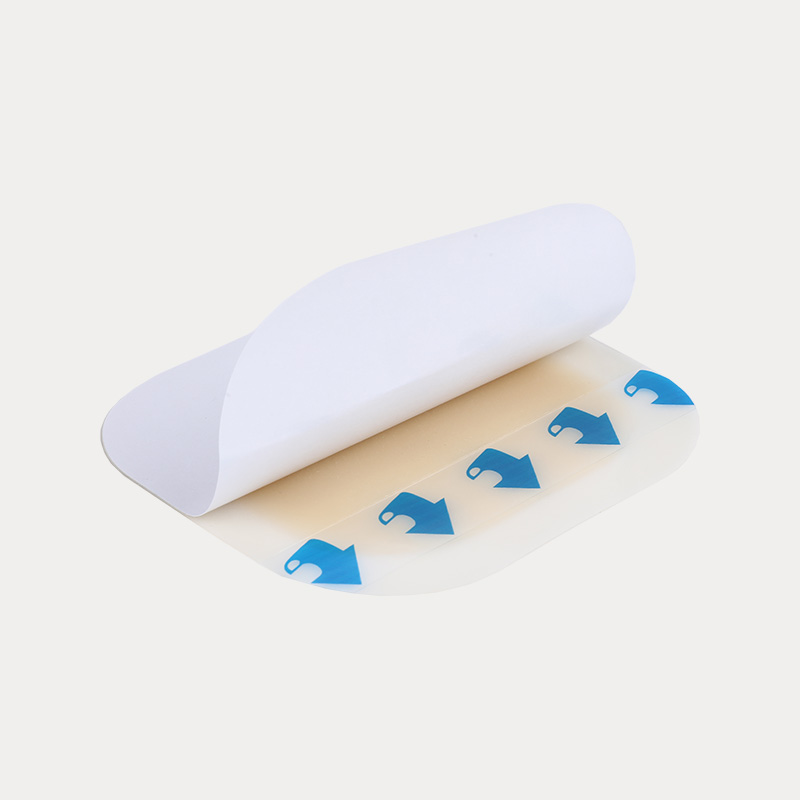As we all know, according to the routine care method, the skin of the central venous catheter is disinfected with either chlorhexidine or alcohol + iodophor. It is worth noting that if the CVC is fixed with a hydrocolloid dressing, after the skin is disinfected, it is necessary to scrub the iodophor with an alcohol cotton ball (if the skin is damaged, use a saline cotton ball instead), and be sure to wait until the skin is fully dry before applying water. Glue dressing, so that the intravenous catheter can be properly fixed.
In cancer chemotherapy patients, due to excessive sweating, contact dermatitis and tension injuries occurred after the neck skin was fixed with transparent dressings. After switching to hydrocolloid dressings, the patients felt comfortable and the damaged skin healed.
Remember: before the hydrocolloid dressing is fixed, after the skin is disinfected, it needs to be cleaned with alcohol cotton balls or saline cotton balls, and the local skin should be fully dried. In addition, attention should be paid to the tension-free technique during fixation to avoid tension injury.
At present, hydrocolloid dressings are available in different models and specifications, which can be selected according to actual needs in clinical use, and should not be cut as much as possible.

How often should hydrocolloid dressings be changed?
Conventionally, when gauze dressing is used for venous catheter fixation, it should be changed at least once every 2 days; when transparent dressing is used for catheter fixation, it should be changed at least once every 5-7 days. Hydrocolloid dressings should be used for catheter fixation
It depends on the patient's condition, but should be replaced at least every 7 days. In the early stage, the appearance of the hydrocolloid dressing looked whitish after being fixed with a hydrocolloid dressing for 2 days. It needs to be replaced in time.
It should be noted that the hydrocolloid dressing contains sodium hydroxymethyl cellulose, which forms a white gel after absorbing the liquid, which is often mistaken by patients and their families as "purulent", and needs to be informed in advance when using.
For the sake of safety, the author added an alginate dressing to the catheter puncture point during subsequent dressing changes, and the outer layer was fixed with a hydrocolloid dressing, so that there was no need to worry about the infection of the puncture point. Hydrocolloid dressing is a polymer material, which has the advantages of good skin compliance, transparency and easy observation. It can absorb the sweat of the skin and the secretions of the wound, keep the local dry, and reduce the growth of bacteria.
In one study, 70 patients who underwent internal jugular vein catheterization for the first time were randomly divided into control group and observation group, 35 cases in each group. The observation results showed that the incidence of local infection in the observation group was lower than that in the control group (P<0.05), and the comfort of the patients was higher than that in the control group (P<0.05).
It should be noted that in clinical work, how to apply the high adhesive force, comfort, waterproofness, breathability and other properties of hydrocolloid dressings to create a good environment for catheter fixation and wound healing, effectively reduce the occurrence of infection, and prolong the dressing change interval. Time, reduce the workload of nursing, reduce the cost of medical resources input, need to be further studied and discussed.

 English
English عربى
عربى Español
Español русский
русский 中文简体
中文简体








